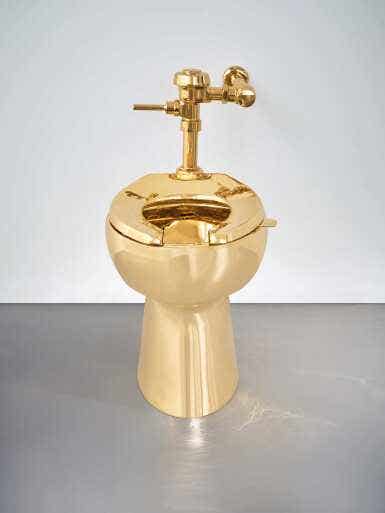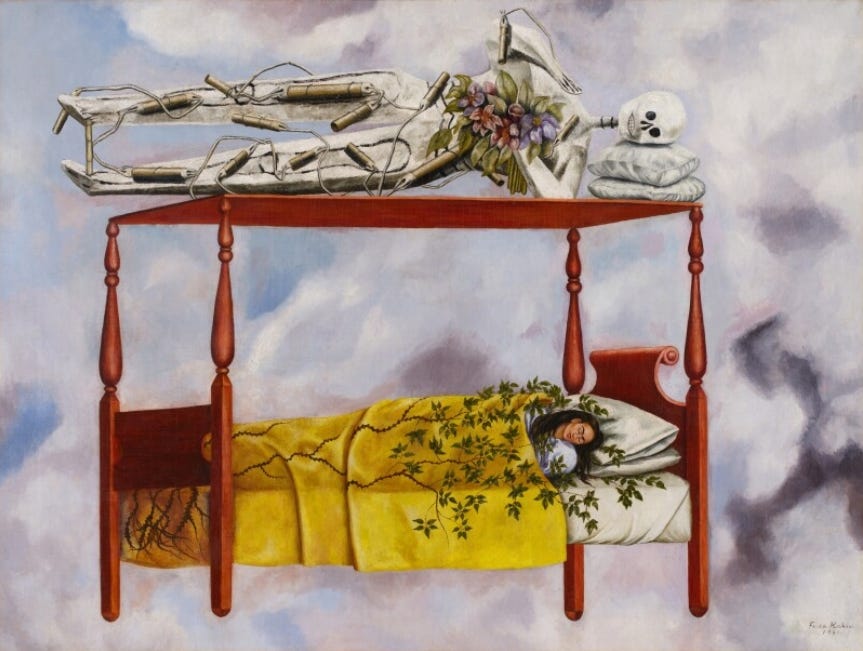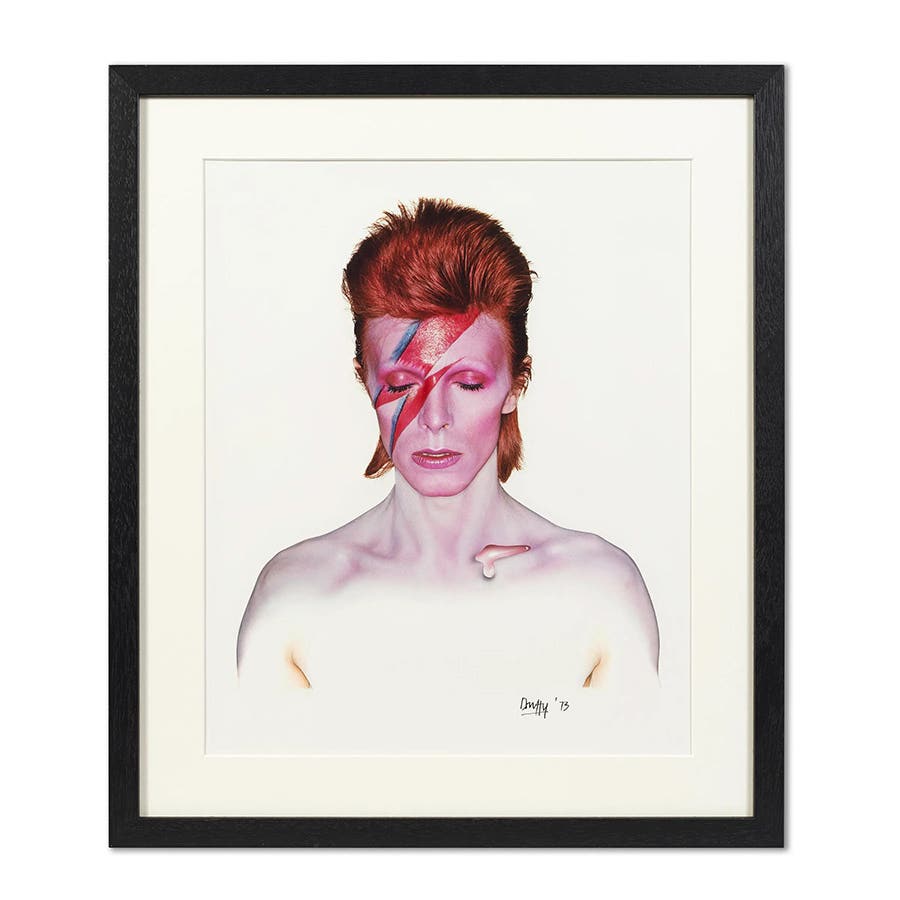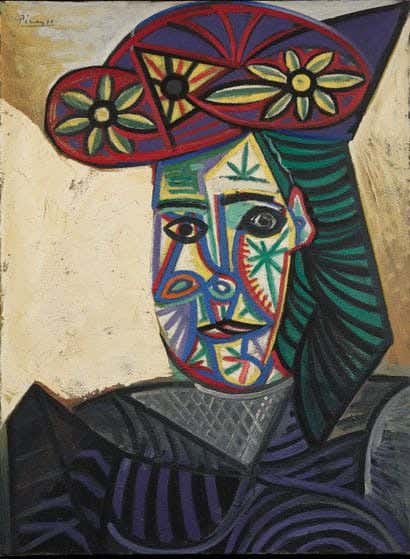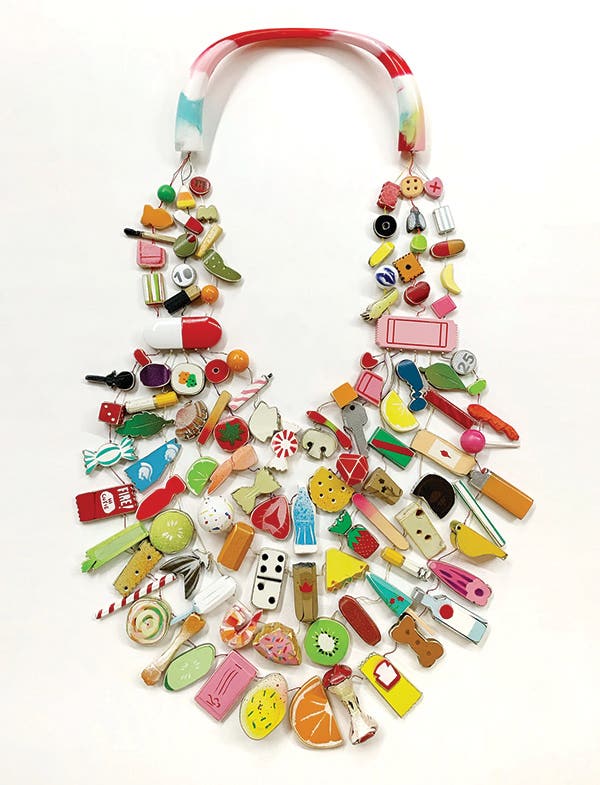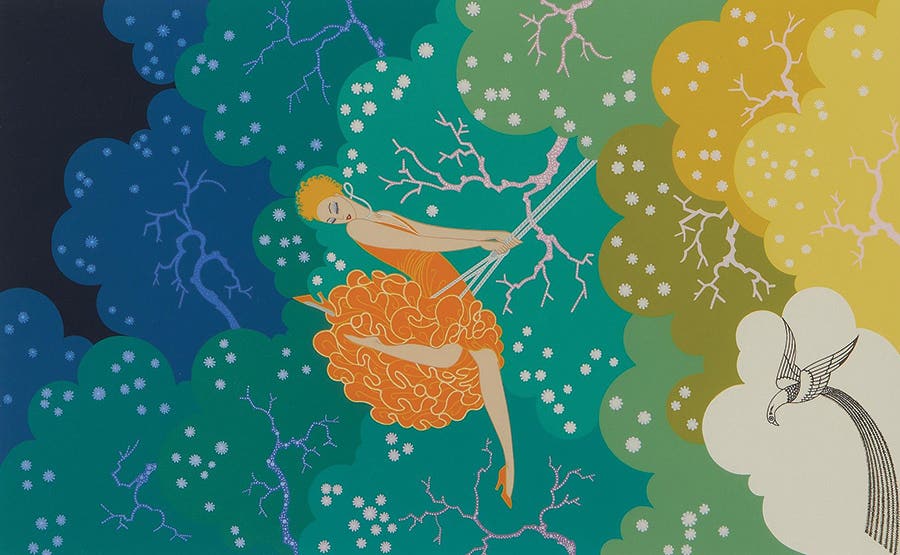Rory McEwen’s Tulips are a Fusion of Science and Art
Blending botanical precision with modern artistry, Rory McEwen’s tulip paintings continue to captivate—both at auction and in a U.S. exhibition honoring his legacy.
There are pictures of flowers, and there is botanical art. The latter requires a scientific eye for detail as well as artistry. Scottish artist Rory McEwen (1932–1982), considered the most significant botanical artist of the twentieth century, had both.
Most of McEwen’s paintings of tulips feature a single blossom on its stalk—rendered in watercolor on vellum with vibrant color and vivid detail—and are considered by some to be quintessential works of modern botanical art.
McEwen lived a life as bold and colorful as his art. His governess taught him to draw from nature at a young age. He studied at Eton and Cambridge and played folk and blues music with his brother, Alex, before turning to a career as a visual artist. His paintings enthrall viewers not only for their hyperrealism but also for the unique perspective he brought to them, combining the accuracy of botanical illustration with the approach of a modern artist.
McEwen’s name has been appearing in artistic circles recently, as several of his paintings have been sold at auction. Recently, the portfolio Tulips & Tulipmania (The Basilisk Press, 1976), in which eight of the artist’s tulip lithographs are featured, sold in the March 26 Prints & Multiples sale by London auction house Lyon & Turnbull for £2,016 ($2,601).
The artist’s tulip paintings are also the star of a current traveling exhibition, Rory McEwen: A New Perspective on Nature. The exhibit was curated by Ruth L.A. Stiff, curator of International Exhibitions at the Royal Botanic Gardens, Kew, and features 85 watercolors on loan from the Royal Botanic Gardens, Kew, Oak Spring Garden Foundation Collection, the Shirley Sherwood Collection, and the McEwen Family Estate Collection, as well as private collections. The show is making the final stop of its U.S. tour at the Driehaus Museum in Chicago, which is on view until August 17. In addition to McEwen’s paintings and sculptures, the exhibit includes works by botanical illustrators from the 17th and 18th centuries (Robert, Redouté, Ehret, and Aubriet) and contemporary botanical artists on loan from the Sherwood collections.
“Rory McEwen’s genius lies in his power to reassert the power of realism while infusing a modern sensibility into the centuries-old genre of botanical art,” explains Stiff. “Now recognized as one of the standard-bearers of today’s renaissance in botanical painting, McEwen changed the course of contemporary botanical art and inspired a whole new generation of artists.”
You may also like:



